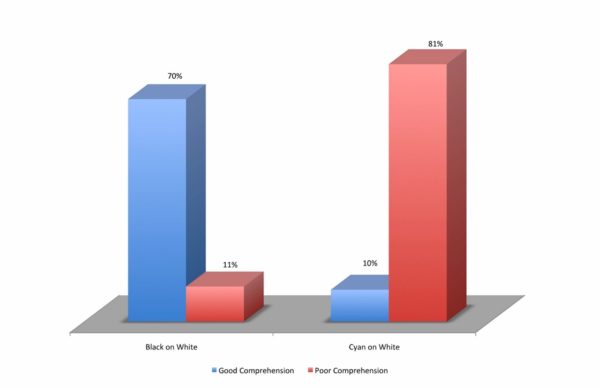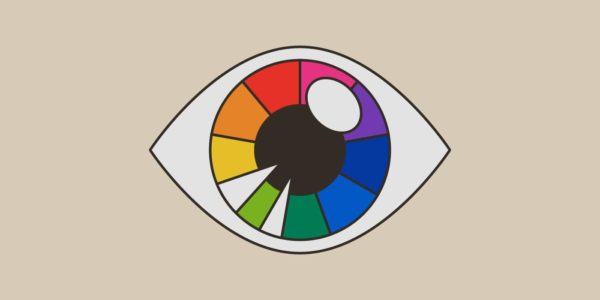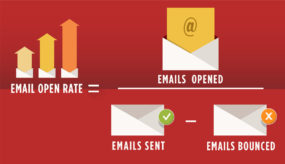Our previous post noted that organizations who design all their fundraising pieces to “look nice and use their brand colors” accidentally cause their organization to raise less money.
Yet this approach persists. It’s arguably the most common approach!
I think there are two reasons it persists, and each of them is a good lesson for all of us Fundraisers to remember:
Lack Of Differentiation
At the vast majority of nonprofits, people aren’t taught that the design considerations for designing appeal letters are different than the consideration when designing a brochure or an annual report.
In direct response fundraising, there are some design approaches that are proven to work better than others.
It’s not your fault because you weren’t trained how to do this stuff.
And the first step towards an organization’s design helping them raise more money instead of less is the ability to differentiate between different types of fundraising.
Misplaced Branding Principles
There are many product- and corporate-branding principles that have been widely misapplied to the nonprofit world.
Here’s a summary of the resulting approach: “If our fundraising stays on brand all the time, that is good for our brand and will cause more people to give money over time.”
That’s true IF (and only if) your brand is effective in all the contexts in which you fundraise.
For instance, say one of a nonprofit’s brand colors is cyan (light blue) or something similar. And in order to stay on brand, the nonprofit uses cyan for some of the text in its newsletter.
Cyan, because it is so low contrast, is almost impossible to read by most people. Look at what using cyan (compared to black) does for reading comprehension:

(Data from Type & Layout: Are You Communicating or Just Making Pretty Shapes by Colin Whelldon.)
While this color can be very effective in creating a feeling as part of a brand’s palette, it’s ineffective when used as a text color.
So the brand is effective in one context, but not in others.
In that case, ‘staying on brand all the time’ absolutely does not help the organization raise more money now, or in the future.
The lesson here is that brand consistency (looking and feeling the same in all contexts) matters less than brand relevancy (being relevant and effective in whatever context you’re working in at the moment).
The next time you’re asked to design a piece of fundraising – or you ask someone to design a piece of fundraising for you – ask these two questions:
- What type of fundraising are we creating here?
- What are the hallmarks of effective design in this context?
The ability to differentiate, and then to know what effective design looks like in different contexts, will help an organization achieve more of its mission than an over-devotion to using its brand colors.
Steven Screen is Co-Founder of The Better Fundraising Company and lead author of its blog. With over 30 years' fundraising experience, he gets energized by helping organizations understand how they can raise more money. He’s a second-generation fundraiser, a past winner of the Direct Mail Package of the Year, and data-driven.









One comment on “Why “Look Nice and Use Our Brand Colors” Persists”